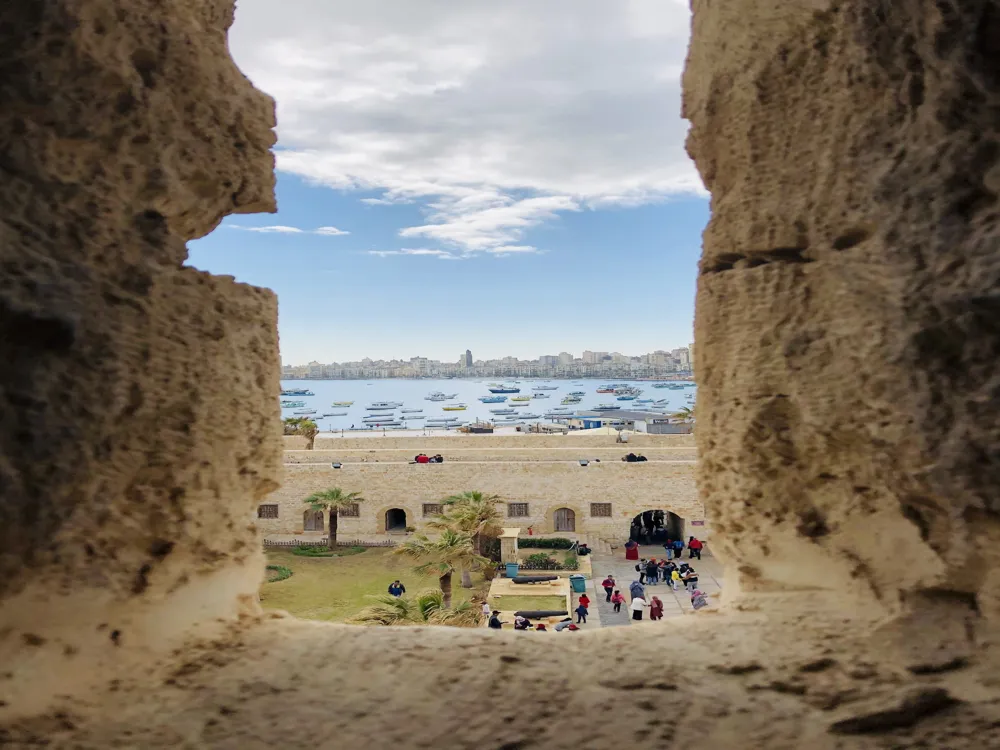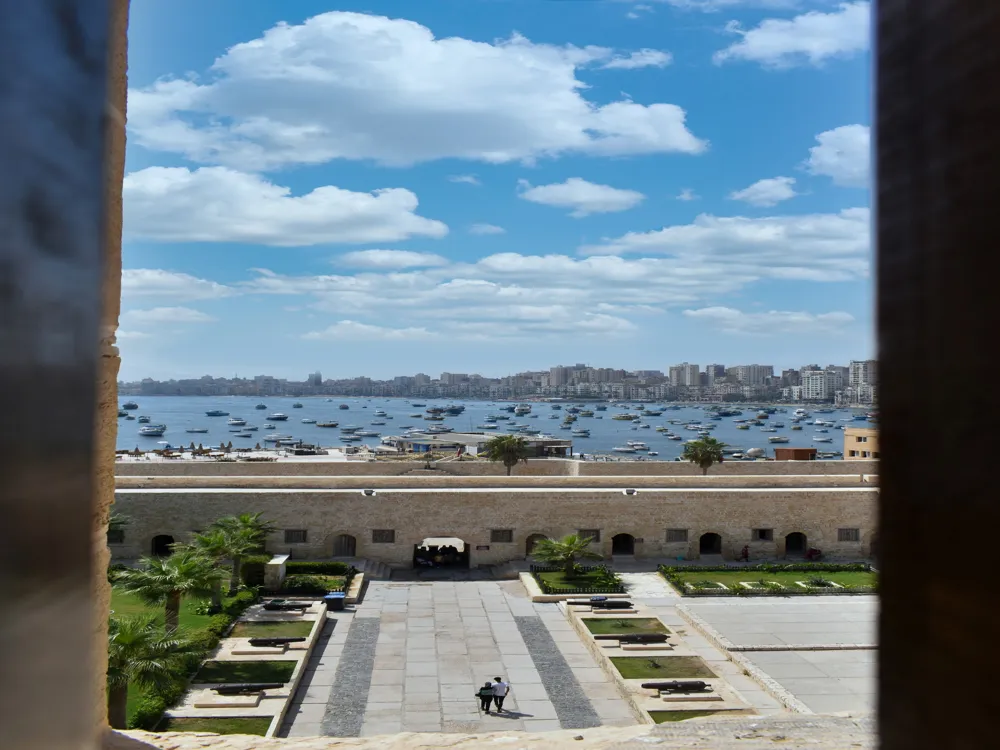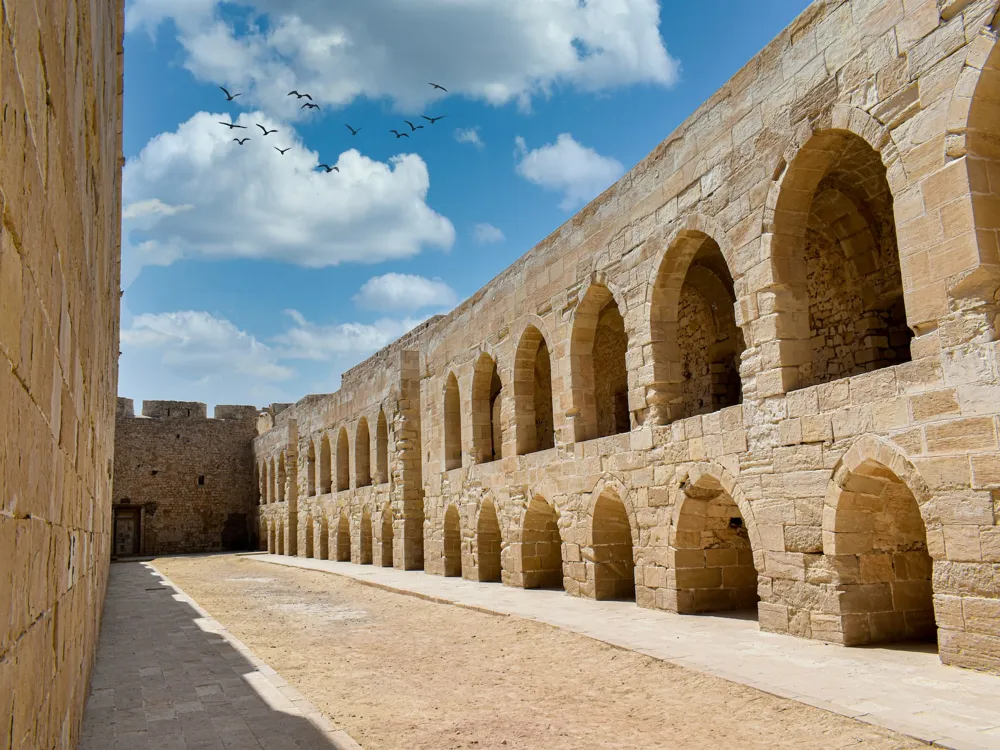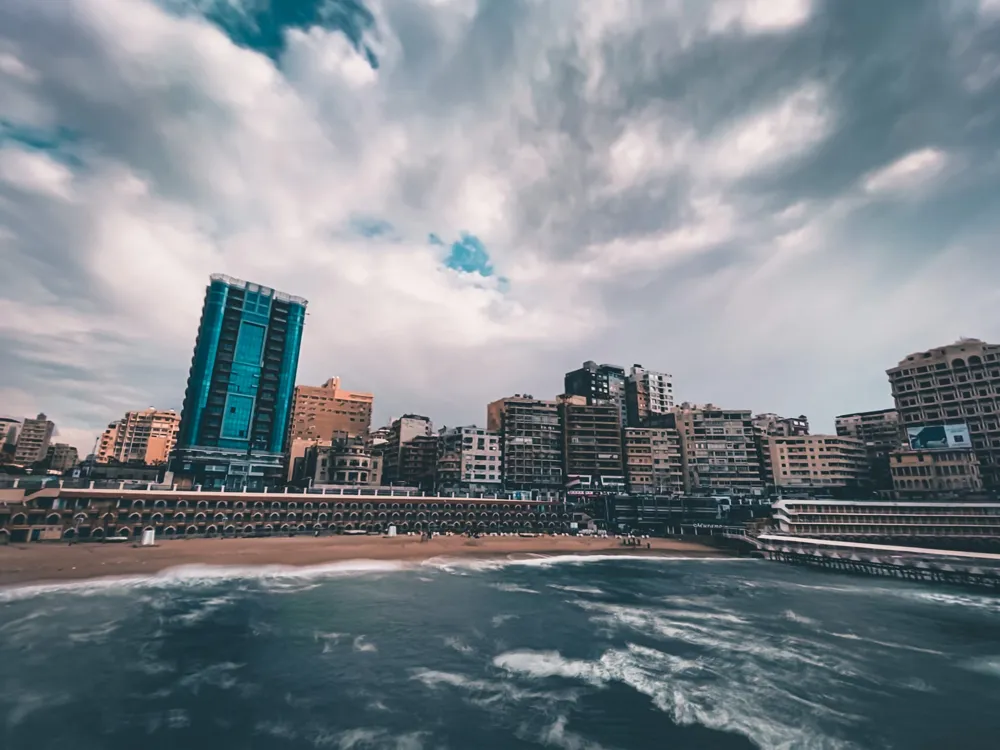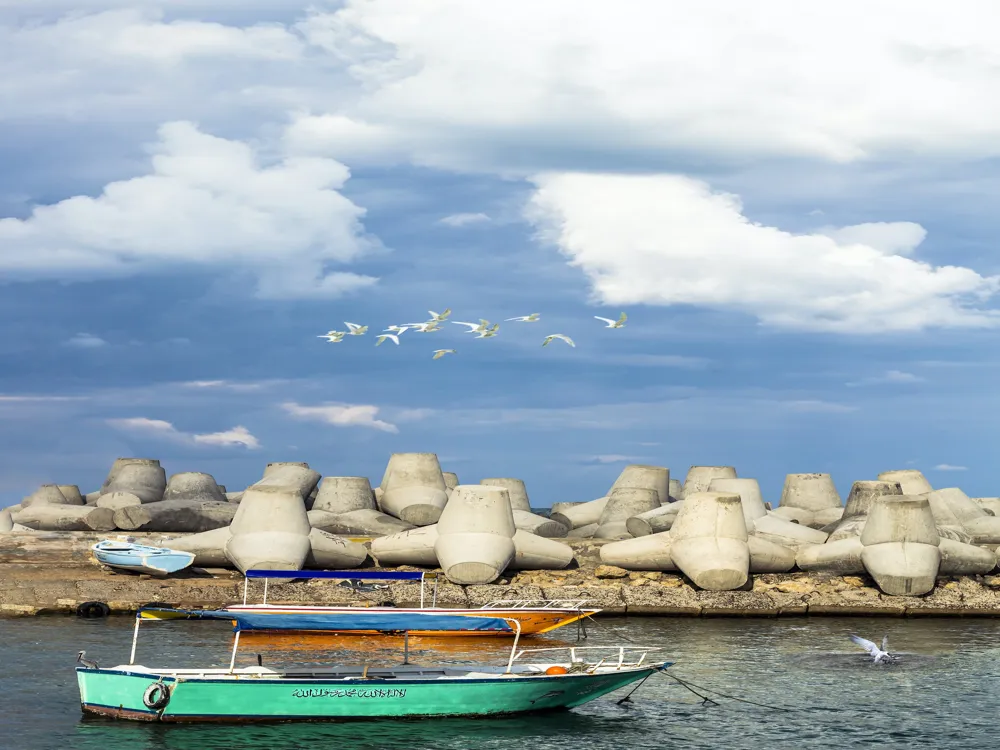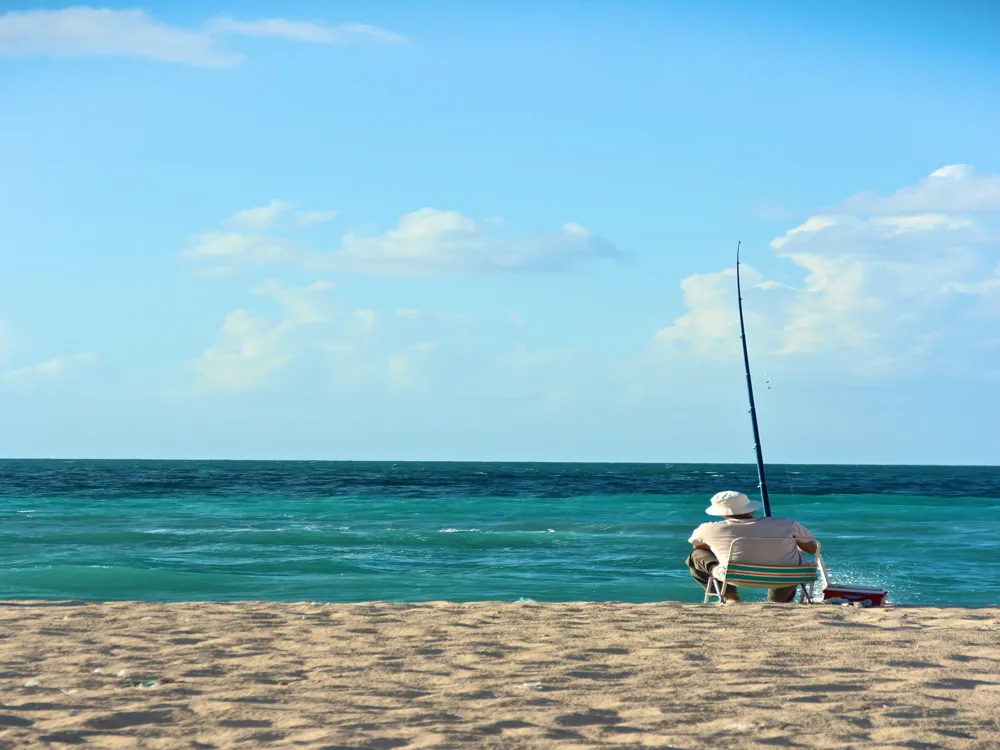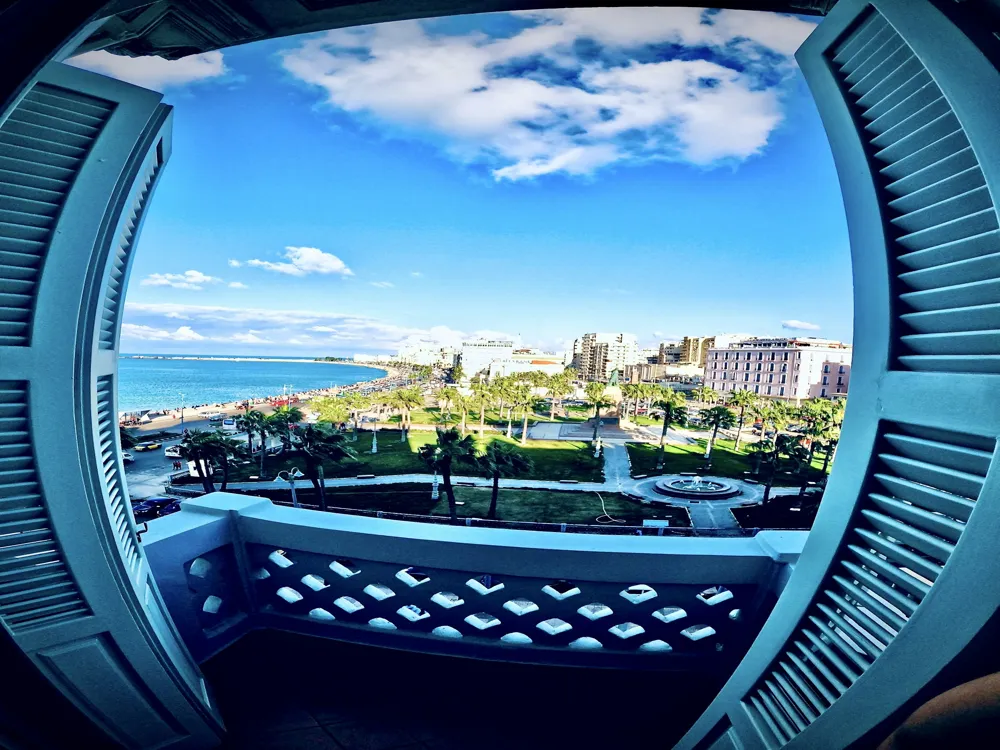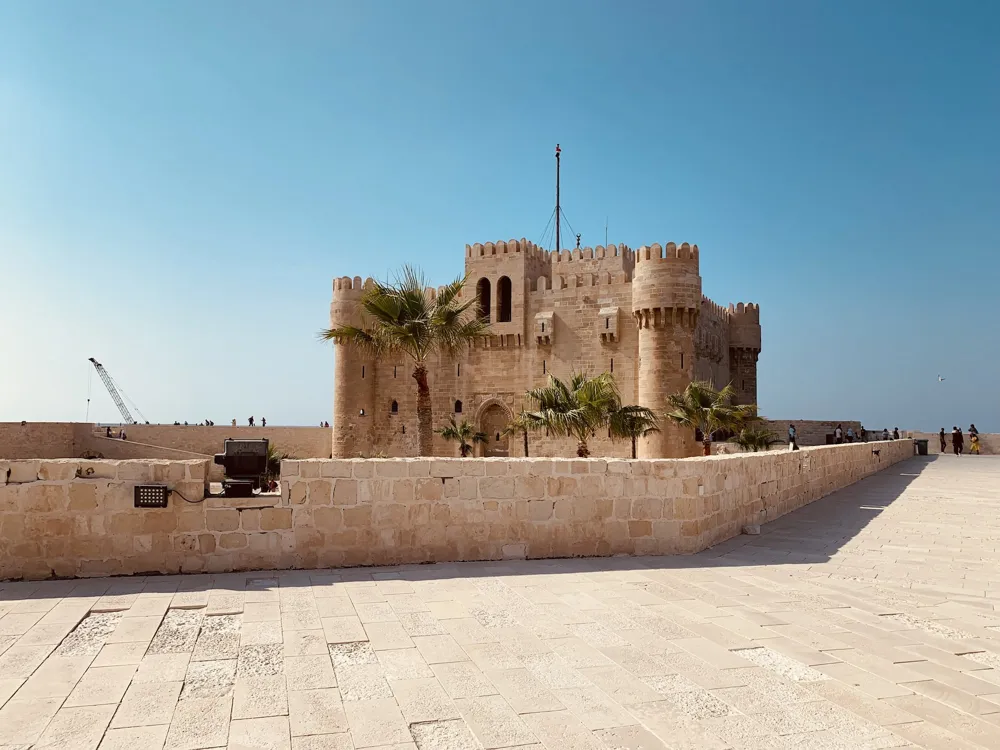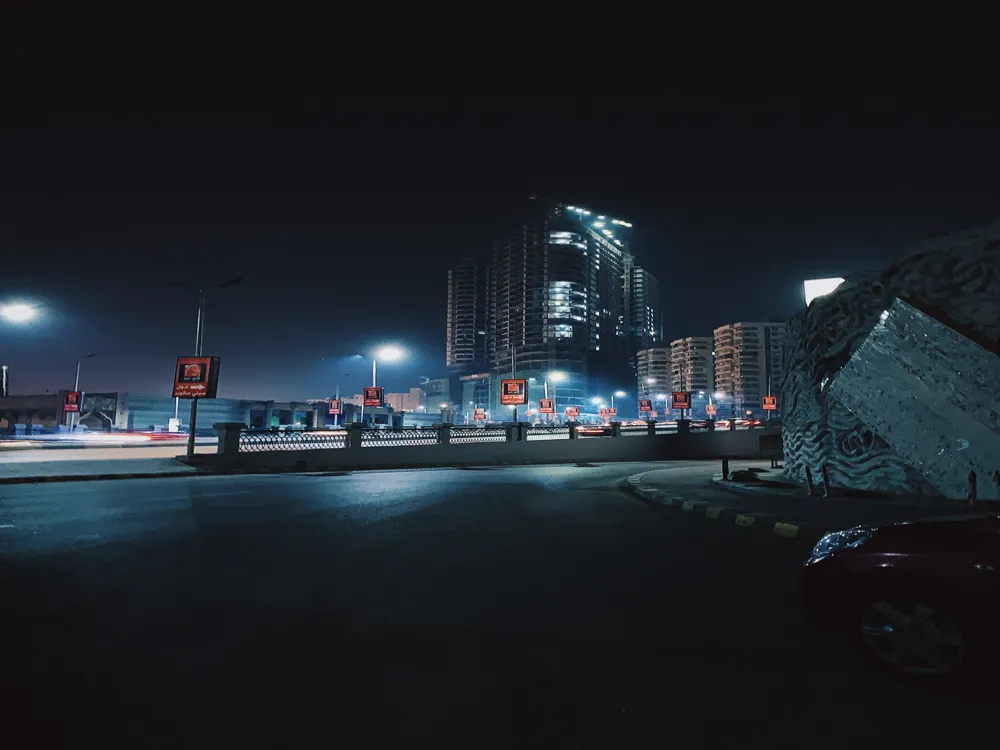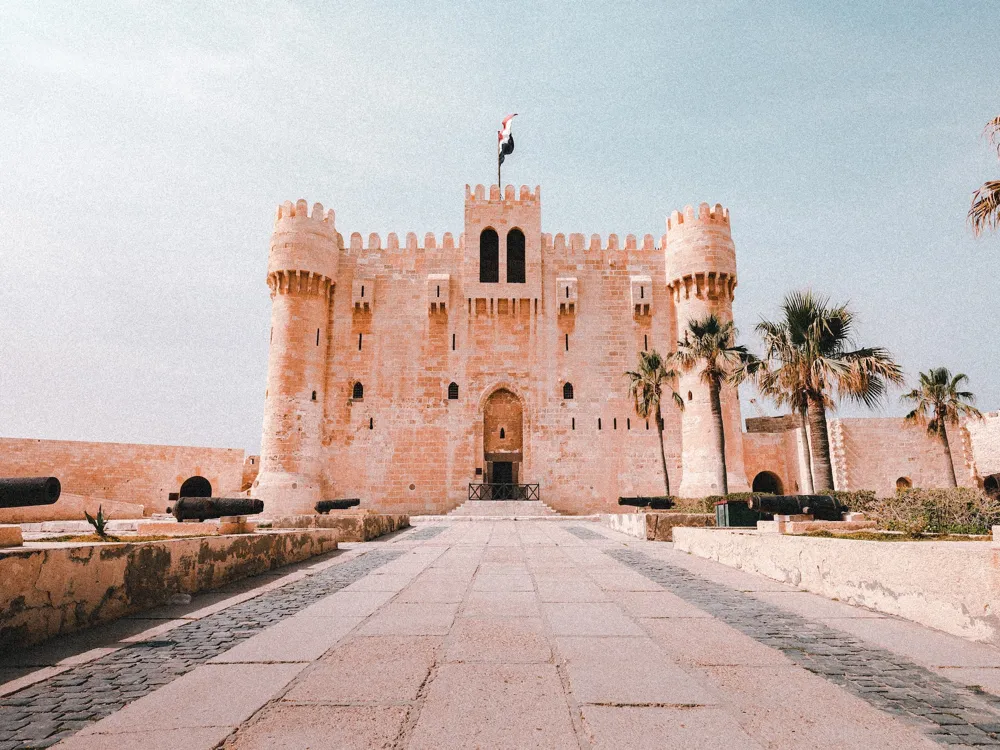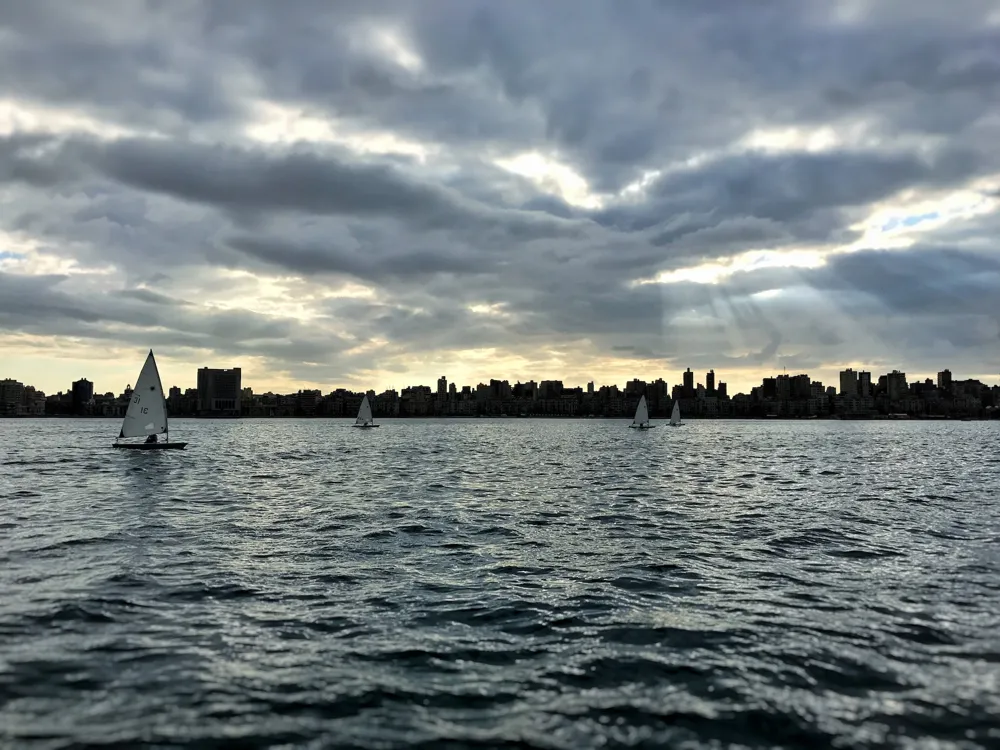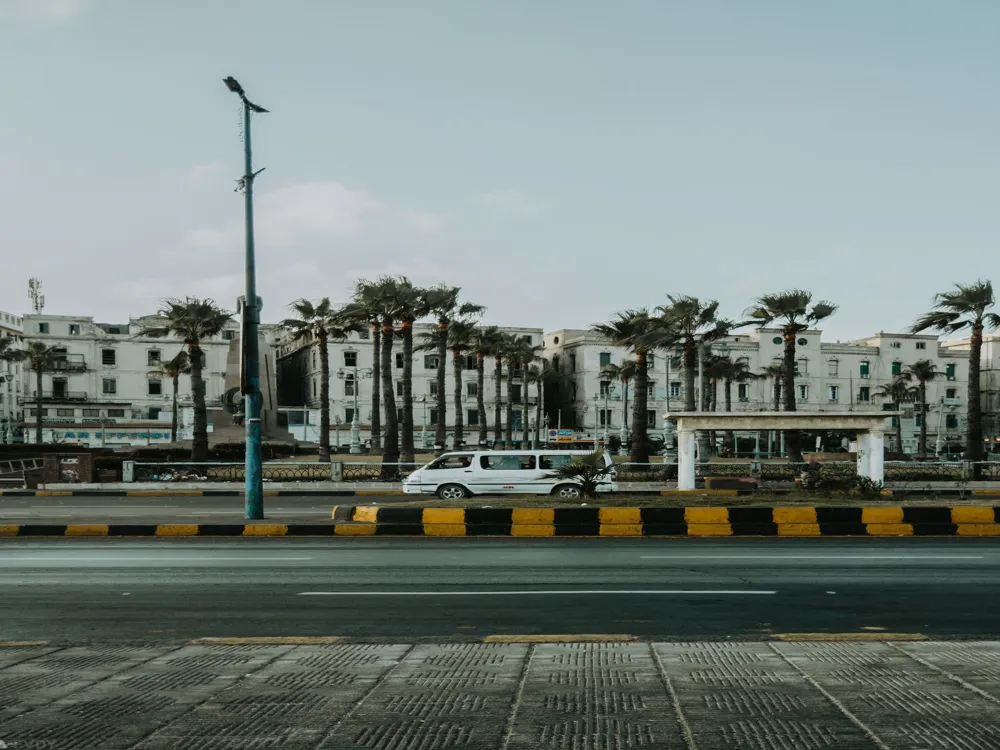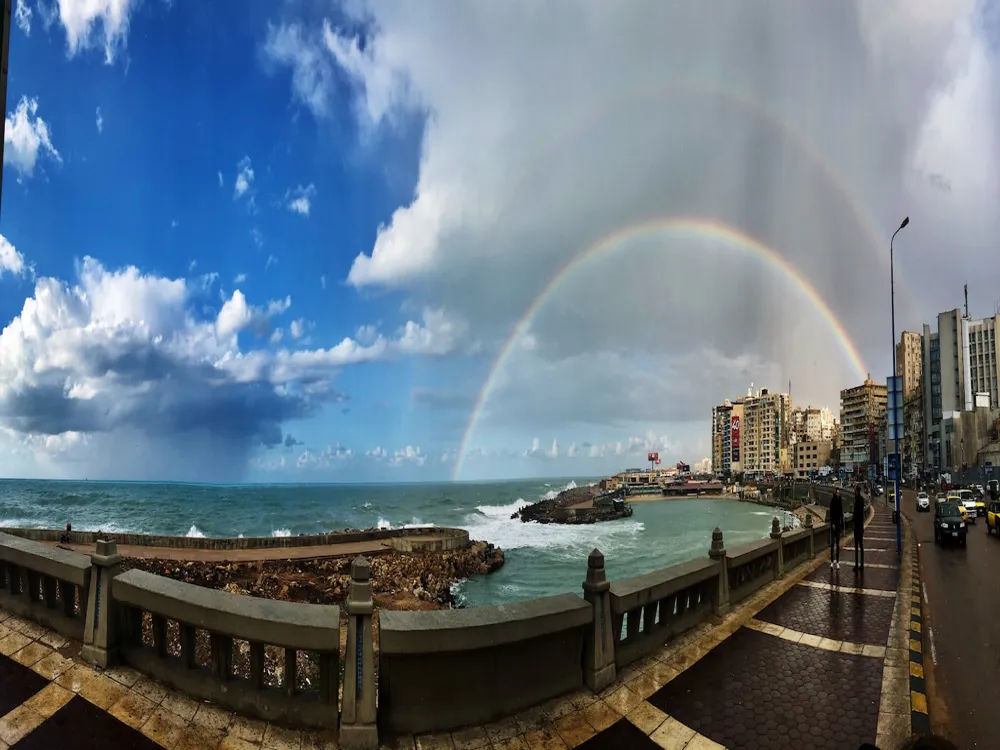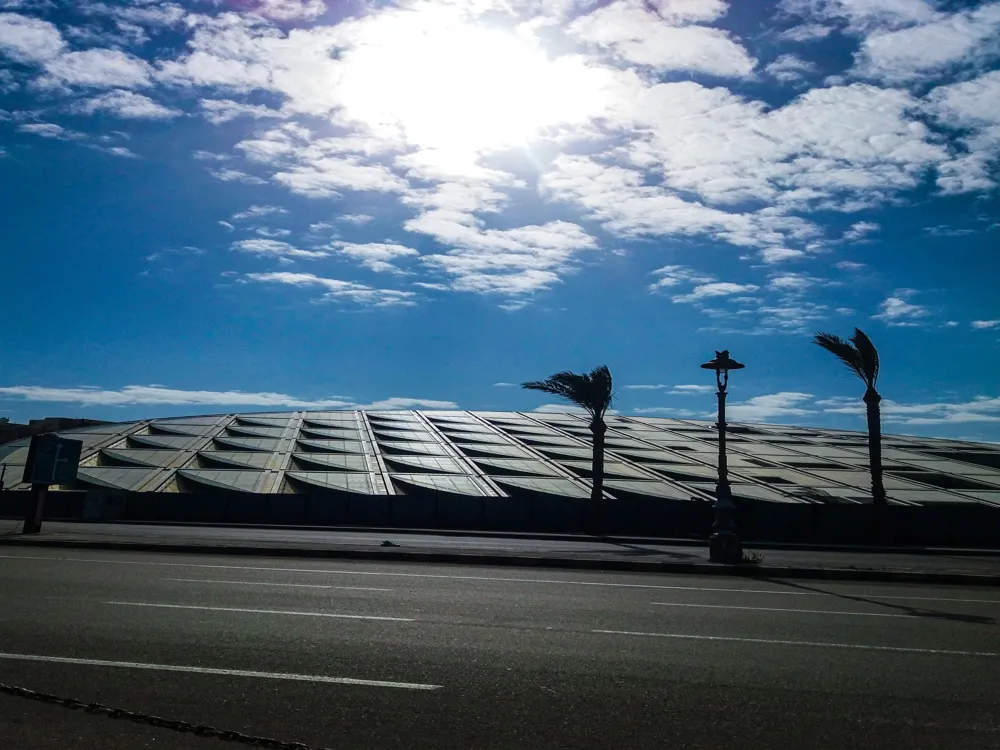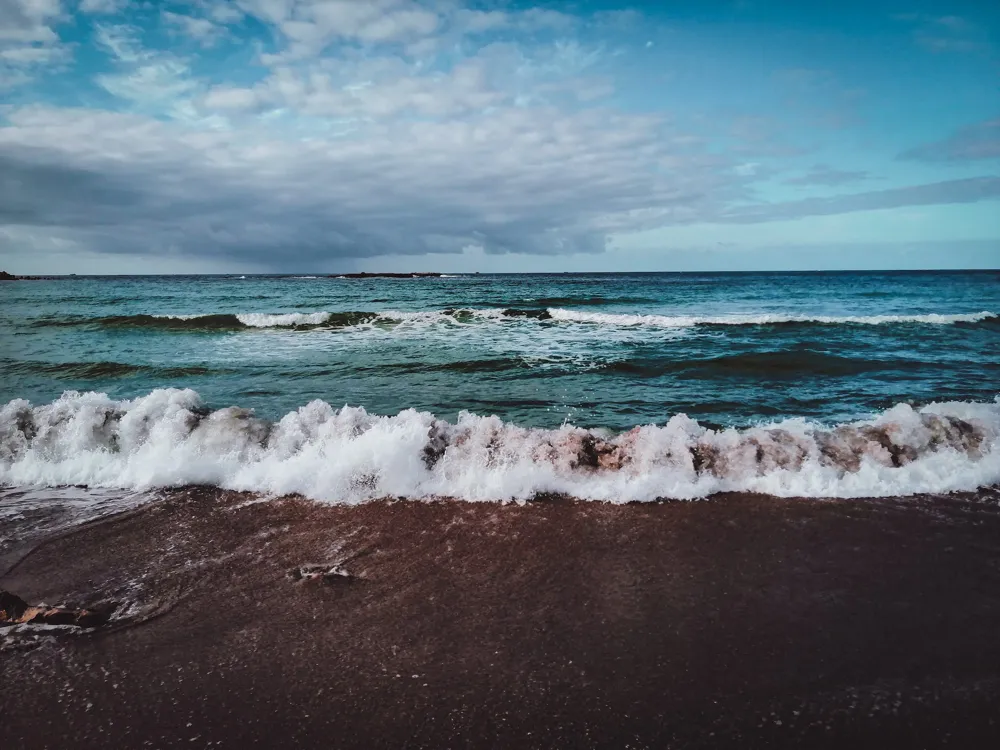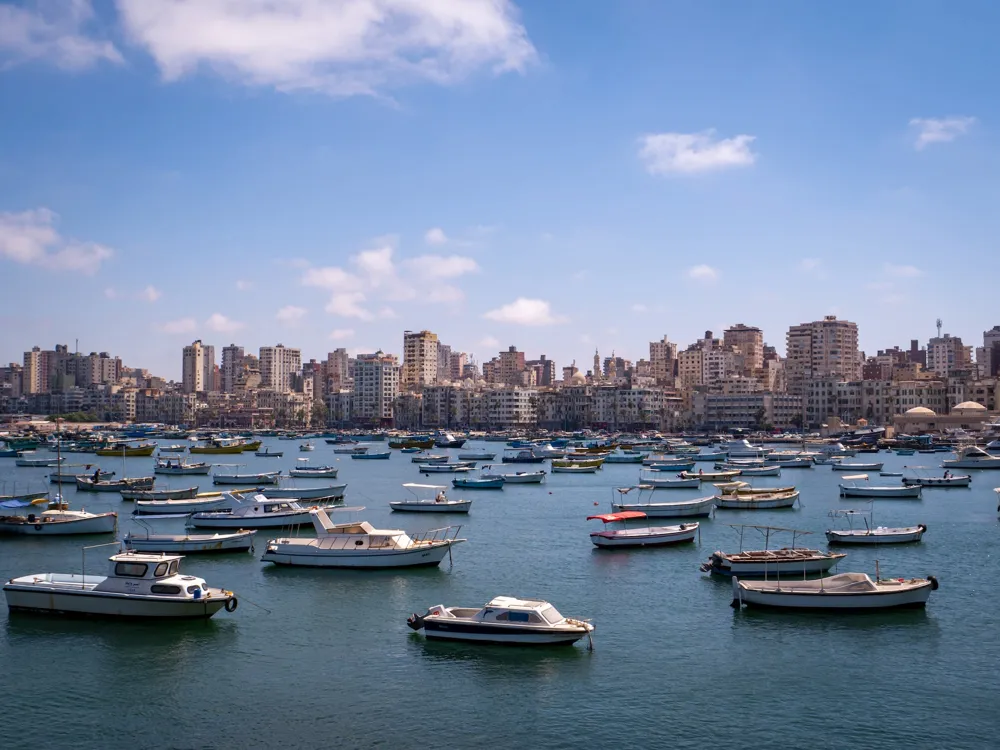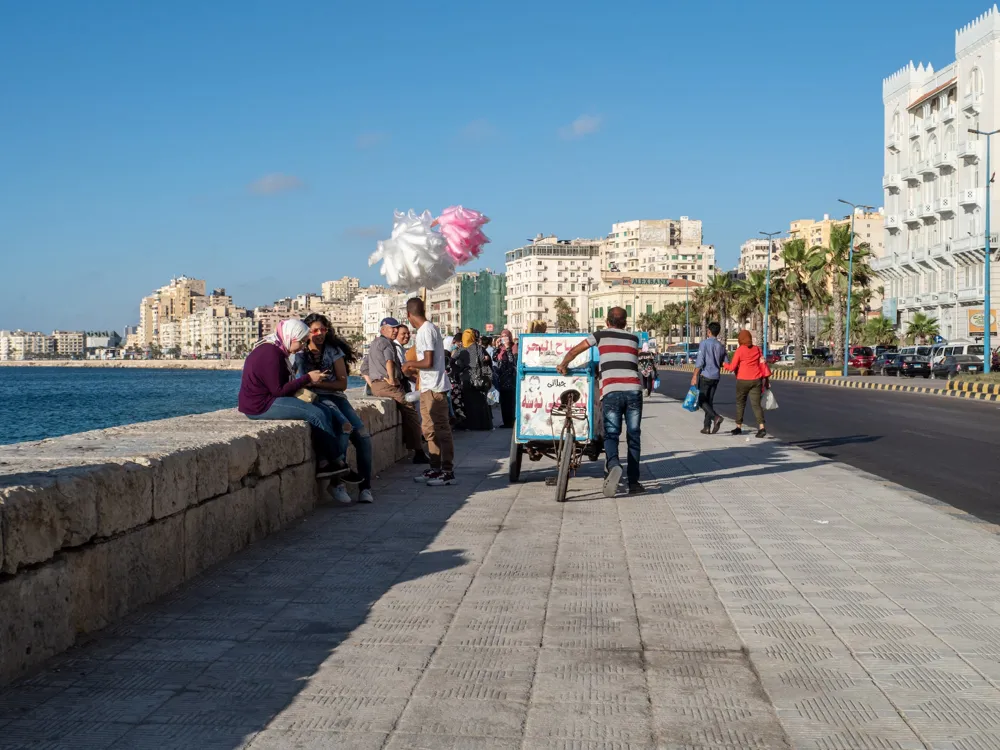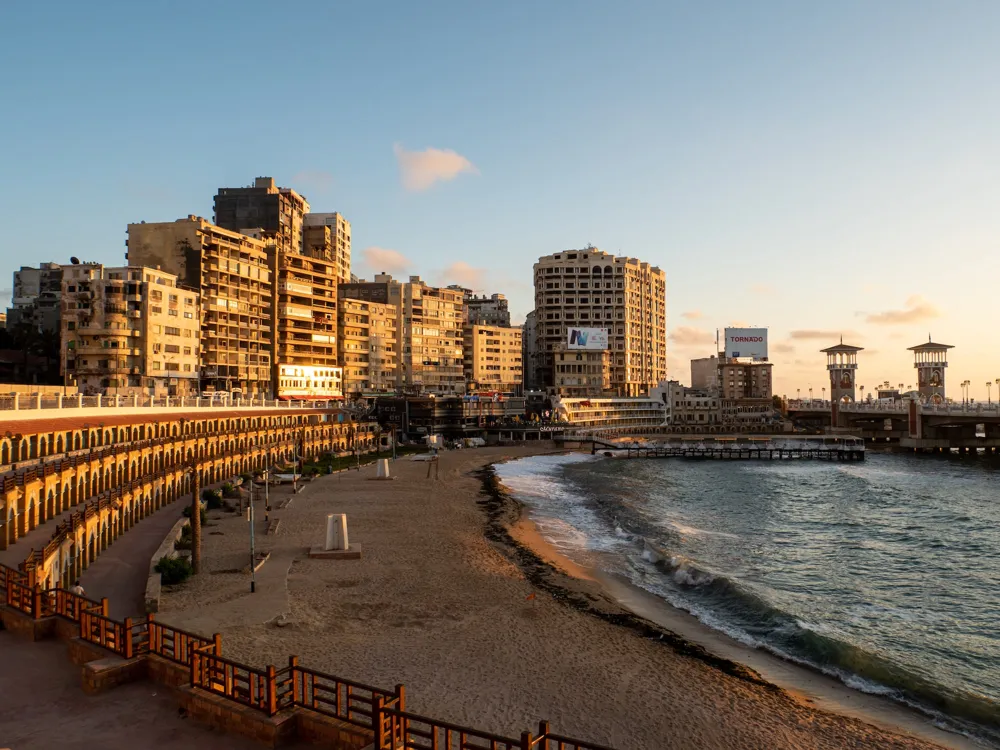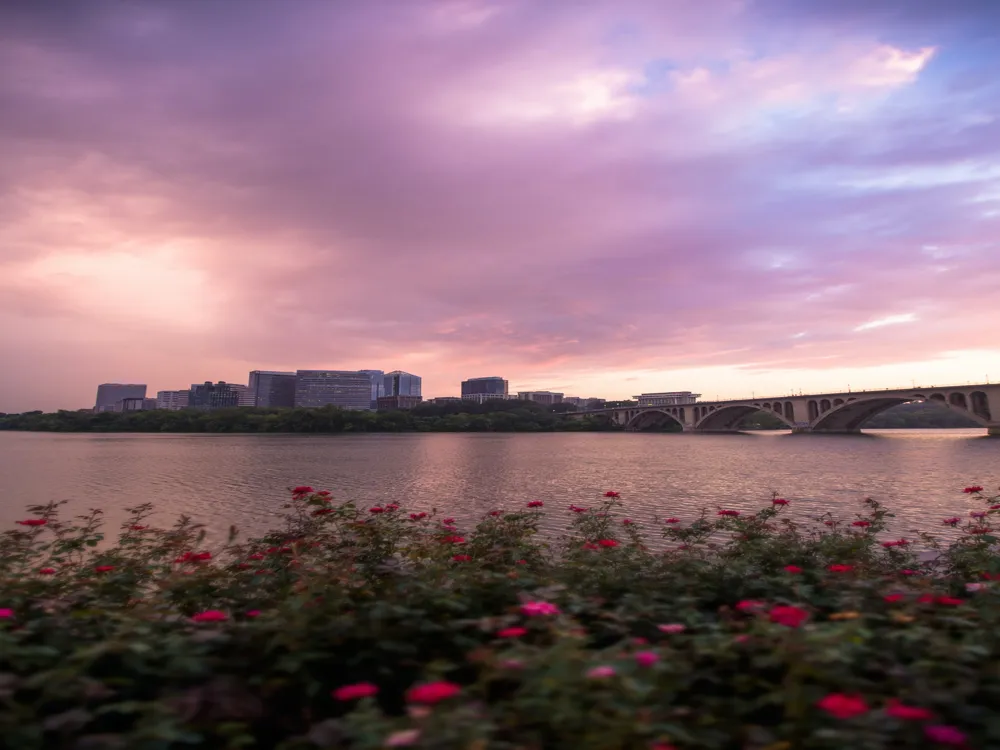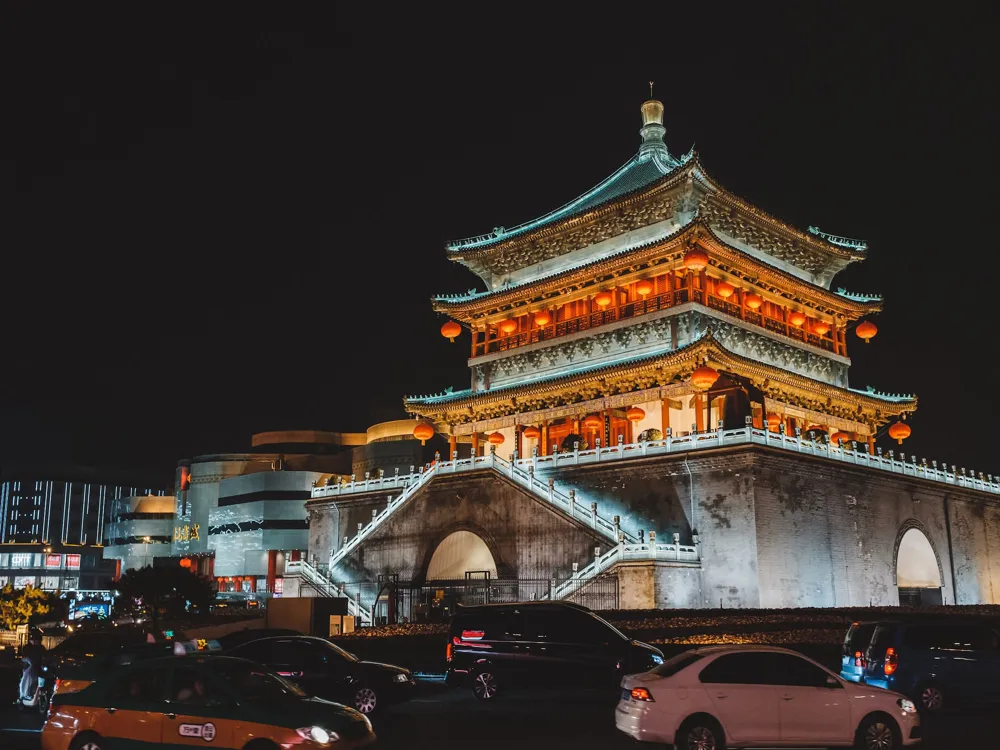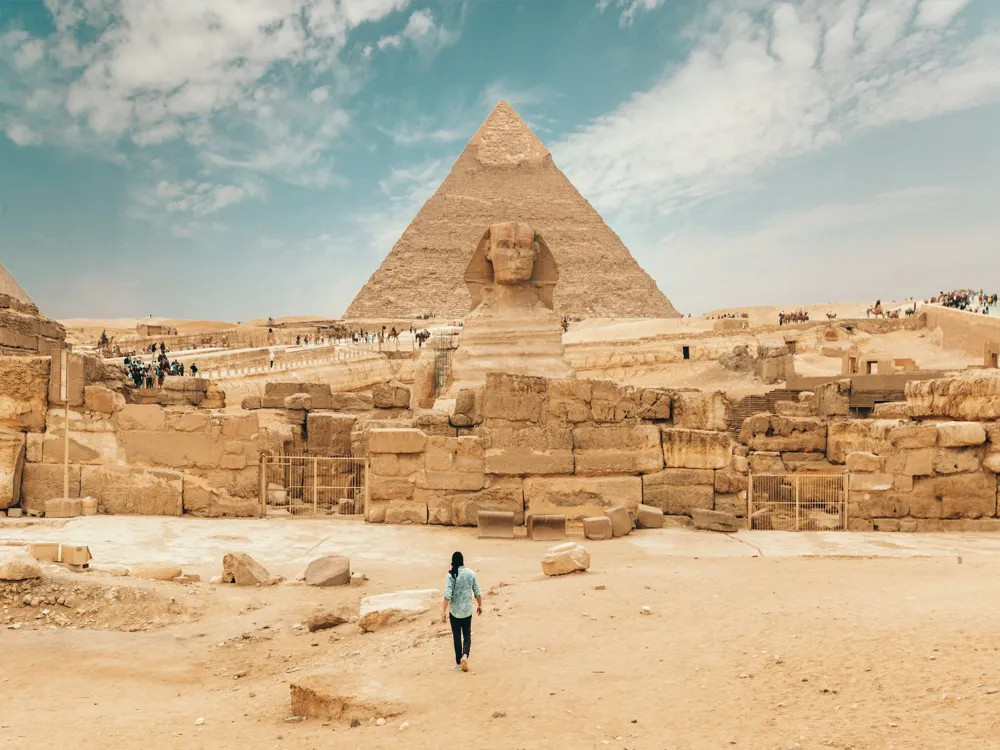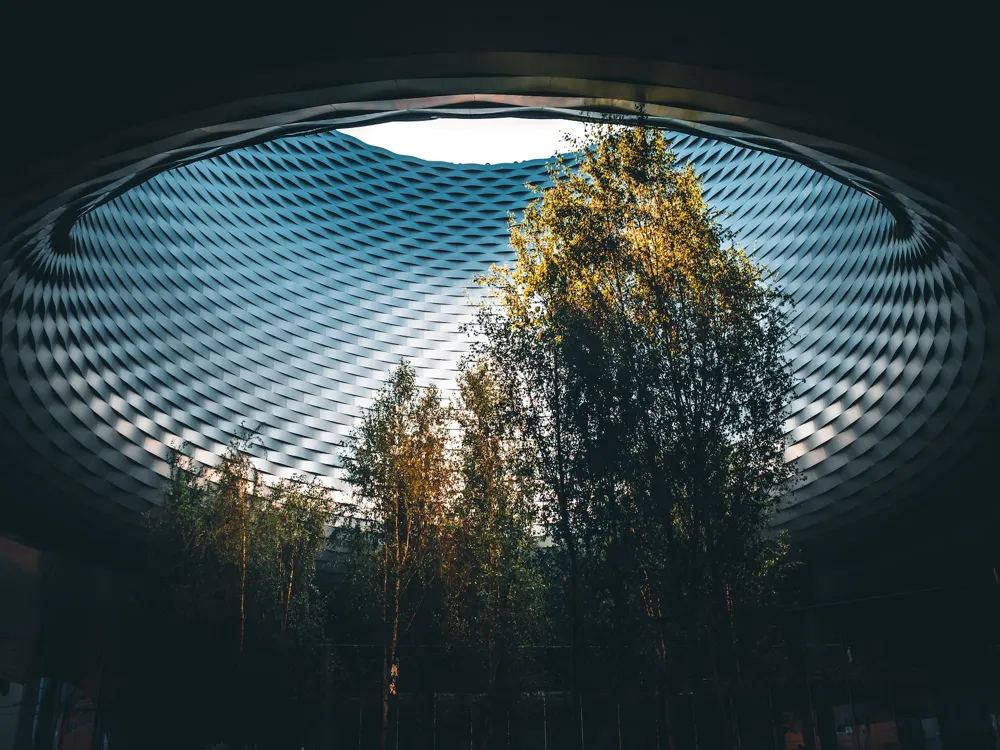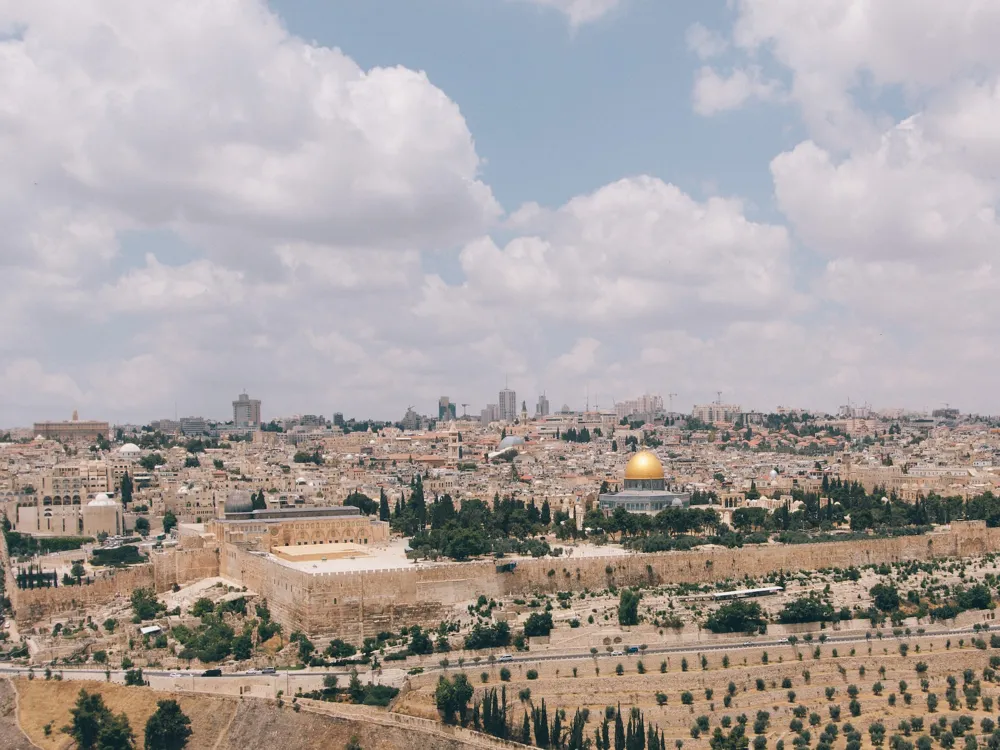Plan Your Travel To Alexandria
Places To Visit In Alexandria
Kom El Dikka
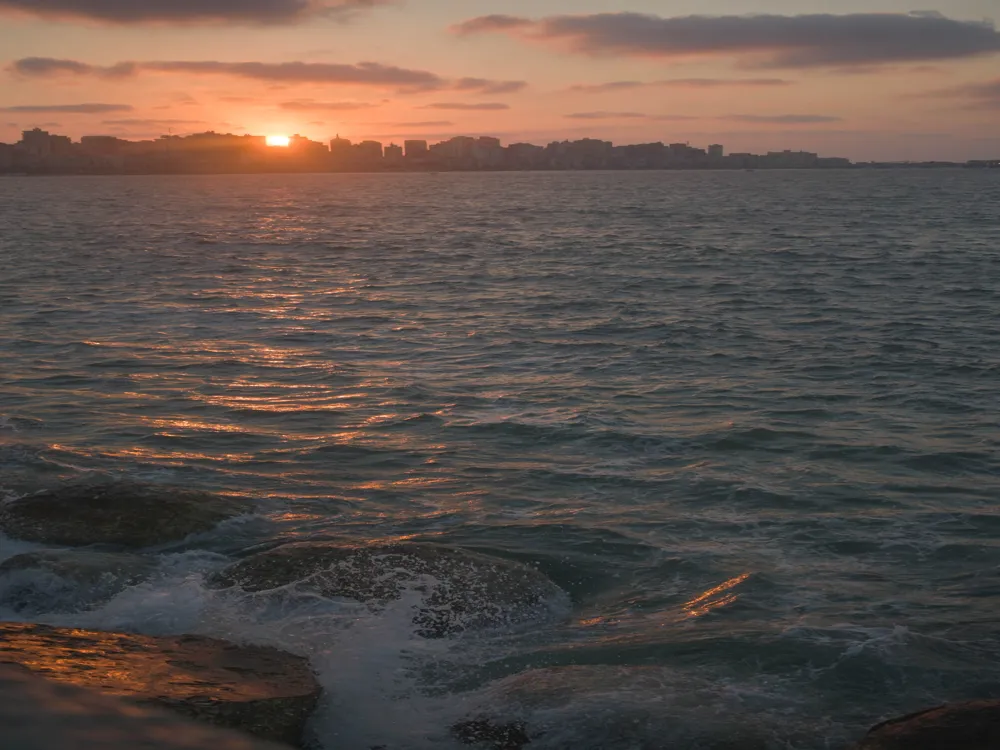
Kom el-Dikka, or Kom El Deka, is one of the unique archaeological sites in Alexandria. The site, excavated in 1960, was once a bustling neighbourhood in 5th-century Roman Egypt. Get transported to the world of the ancient Roman civilization and see the remains of a theatre, the central street marked with columns, and auditoriums that served as lecture halls.
The remains of the archaic site indicate the lifestyle, art, culture, and architecture of the residents of the ancient city of Alexandria. Artistic Mosaics popularly used as floorings for bathhouses and public buildings in Roman times can also be seen at the site. A Roman residential house named Villa of birds, due to the dominant bird motifs used in its mosaics, is also part of the site.
Read More
Montaza Palace
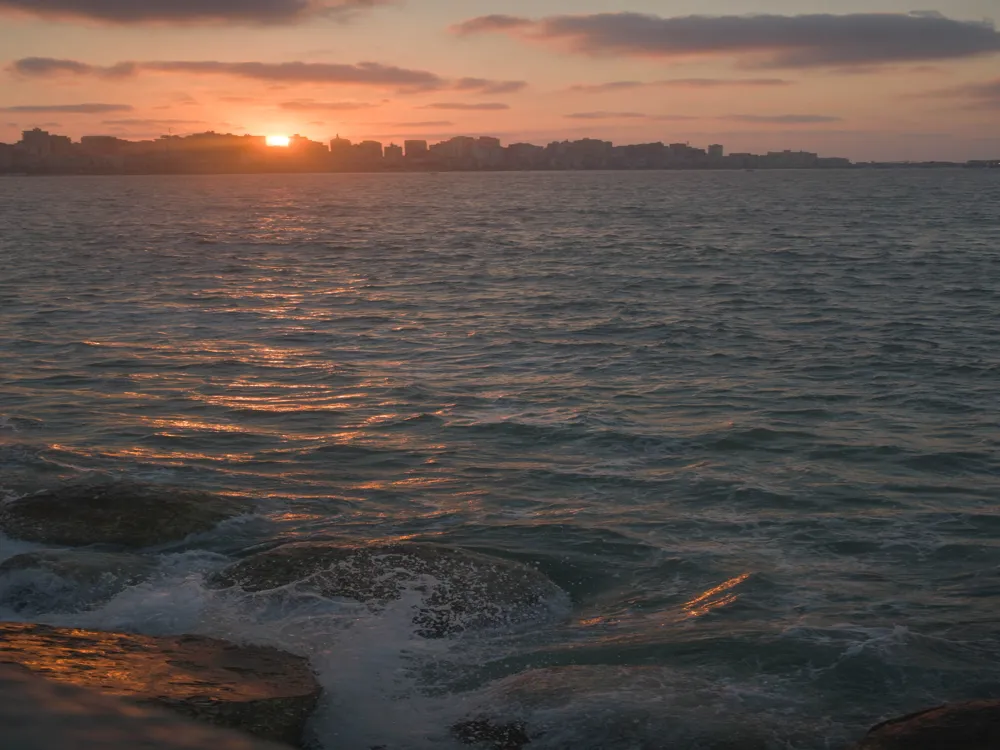
The Montaza district of Alexandria, Egypt, is home to the Montaza Palace, a complex of palaces, museums, and vast gardens. The Al-Haramlik-Montaza Palace has a public museum devoted to the history of the Muhammad Ali Dynasty. In the past, Al-Montazah Park was a magnificent royal garden. Now it serves as a public landscape park and forest reserve. The palace itself is off-limits to tourists, but the garden is open to all.
The Montaza Palace was constructed on a low plateau east of the city's centre, with a view of a Mediterranean beach. The palace, which blends Ottoman and Florentine architectural elements, includes two towers and broad open arcades that face the sea. Located on palace grounds, the Salamlek Palace has been transformed into a high-end hotel. The newly furnished hotel also hosts a casino and a museum. The Salamlek Palace, the first structure in the expansive Montaza Palace grounds, was constructed in 1892 by Khedive Abbas II, the final Khedive of the Muhammad Ali Dynasty. President Anwar El-Sadat refurbished the original Salamlek Palace as the official presidential home.
Read More
Pompey's Pillar
One of the last standing ancient monuments of Alexandria, Pompey’s Pillar is a Roman Pillar created during the reign of Emperor Diocletian. The Pillar is located on Abu Mandour Street at the city's western end. You can read a greek inscription on the magnificent pillar and travel down a few stairs to view the archaeological remains of the ancient Serapium.
The vertical column is made of red granite with a base and capital and stands around the ruins of a historical temple of Serapis, the Greco-Egyptian deity of the Sun.
Read More
Qaitbay Citadel
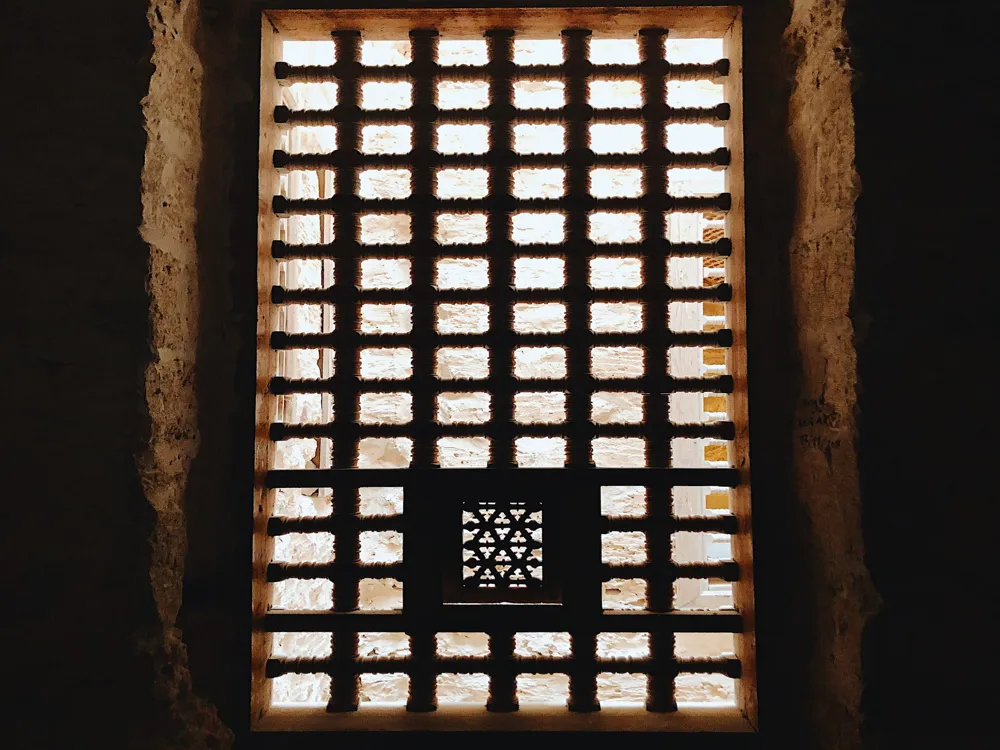
The Qaitbay Citadel is a 15th-century military fortress and one of the most famous ancient monuments in Alexandria. It is located on Pharos Island's eastern side. It now houses a beautiful mosque, a curricular room with the king’s throne, and a small naval museum. The Naval museum displays statues, models, paintings, and artefacts ranging from the time of Egyptian Pharaohs to the Roman and Napoleonic sea battles.
Sultan Qaitbey erected the Qaitbay Citadel, a 15th-century stronghold, between 1477 and 1479 AD to protect Alexandria from Ottoman Empire assaults. The Citadel was erected on the site of what was known as the iconic Lighthouse of Alexandria. The lighthouse built during the reign of Ptolemy II was one of the Seven Wonders of the Ancient World. Due to frequent earthquake damage, it had been reduced to ruins by the 14th century. Its architecture is distinctively square, and the Mediterranean Sea encircles it on three sides.
Read More
Ras el-Tin Palace
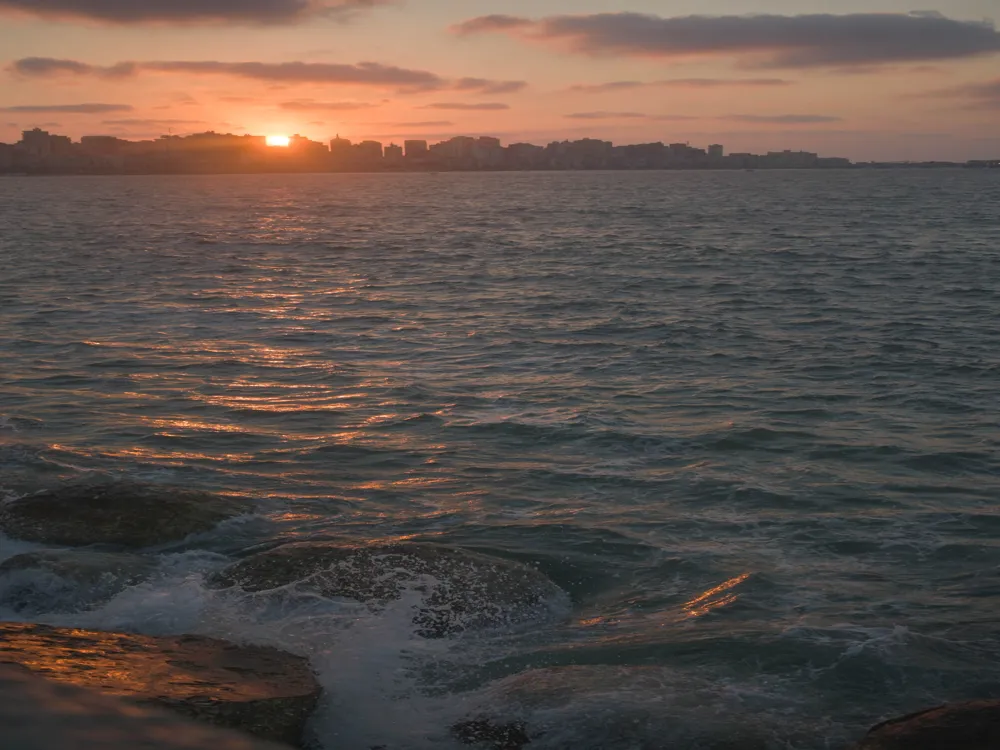
Ras El-Tin Palace is among the oldest palaces in Egypt and a popular tourist destination. The Royal Palace was built to serve as the summer residence of Muhammad Ali Pasha, founder of the Muhammad Ali Dynasty of Egypt. The palace was renovated several times and now serves as a presidential naval building. It is not open to visitors but you can enjoy a distant view of the palace from the harbour.
It was completed in 1847 and is located in the Ras El Tin quarter in the Eastern region of Alexandria. The palace is famous for the historical signing of abdication by King Farouk, the last monarch of Egypt. The building is a horizontally elongated white structure extending over three floors decked with oil paintings, mounds, columns, domes, and low-hanging chandeliers. It draws inspiration from ancient Roman fortresses and Italian Renaissance architecture. The Gothic hall is filled with Baroque elements, and the regal throne hall is decked with gold embellishments. The lush green gardens are adorned with fig trees.
Read More
Royal Jewellery Museum
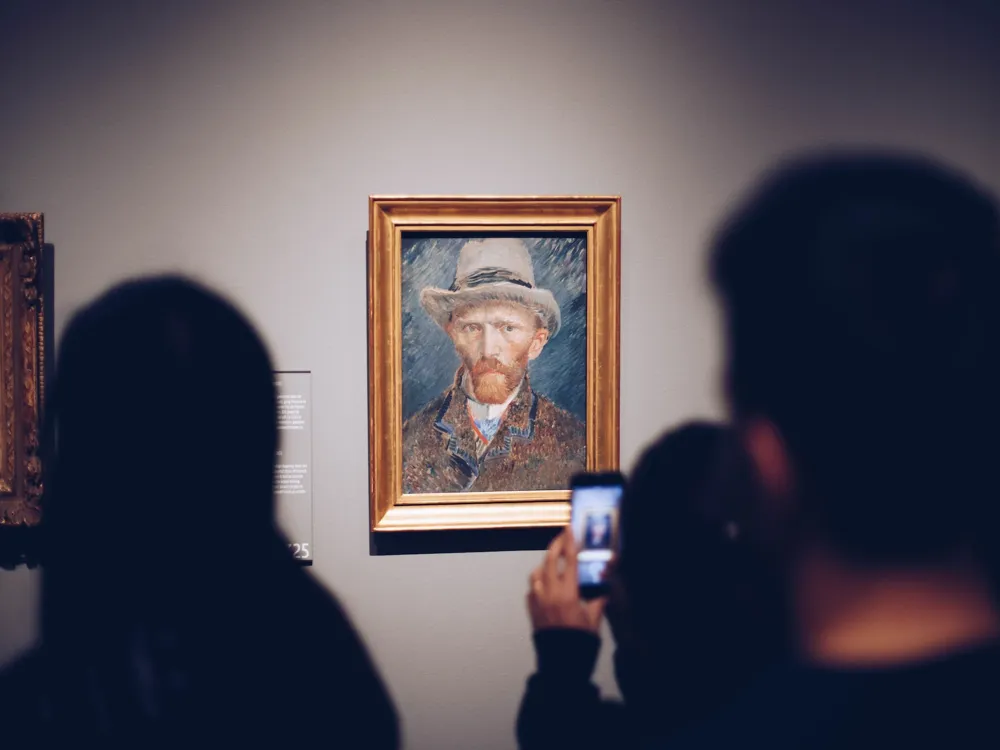
The Royal Jewellery Museum is a royal palace turned into a museum that was the former residence of Princess Fatma Al-Zahra. It resides in the Zizania neighbourhood of Alexandria. It is most famous for its magnificent collection of ornaments, antiques, and jewellery worn by the Egyptian royal family, which gives an insight into the luxurious life of royalty. Portraits and statues of the members of the Muhammad Ali Dynasty are also on display.
The oil paintings and intricate glass art on the windows and ceiling add to its beauty. The architectural elements within the palace draw inspiration from European and Islamic styles. The former palace was built in 1919 and is now one of the largest museums in Egypt.
Read More
Serapeum of Alexandria
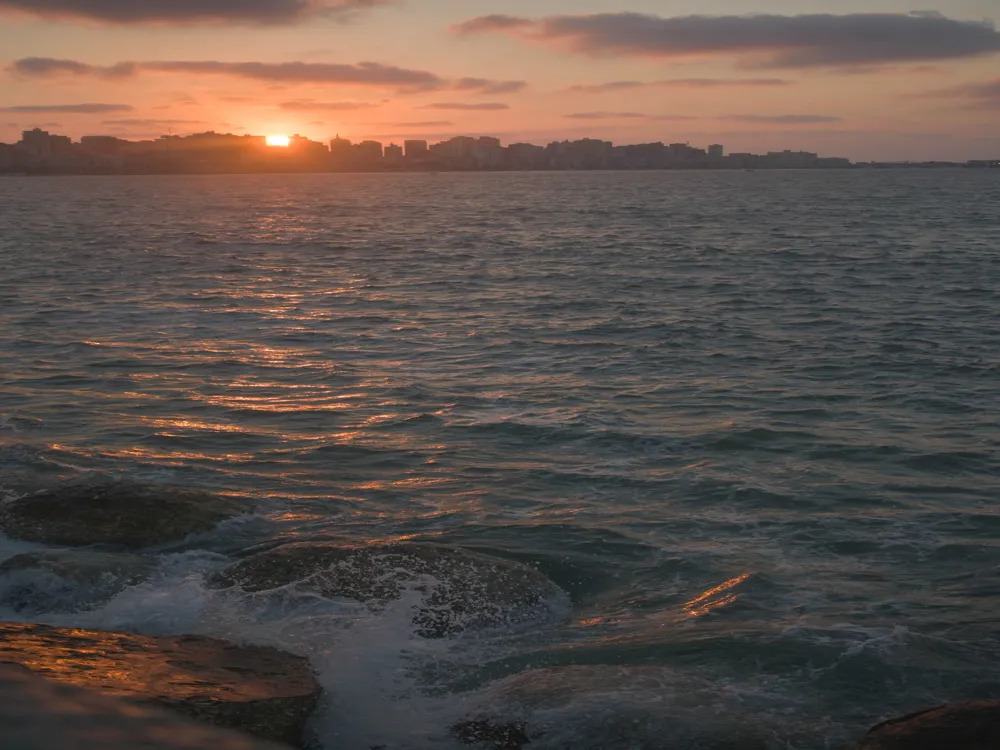
Ptolemy III Euergetes founded the ancient Greek temple known as the Serapeum of Alexandria during his reign. The temple was devoted to Serapis, who was named Alexandria's divine protector. All that is left above ground is the massive Roman column named Pompey's Pillar. A few tunnels are still standing and accessible to visitors, and some of the temple's antiquities are displayed in The Greco-Roman Museum.
The location is on a rocky plateau with views of both the land and the ocean. The historic pillar is the only remaining original ancient Alexandria structure constructed with red Aswan granite. Steps descend beneath the column to the ruins of the enormous Serapis temple. Its architecture can be dated to the second Roman and early Ptolemaic periods. According to historical records and archaeological findings, the Serapeum was the largest and most magnificent of all temples in the Greek quarter of Alexandria. It was destroyed and closed in 325 AD, likely on the orders of the Christian emperor Constantine.
Read More
Stanley Bridge
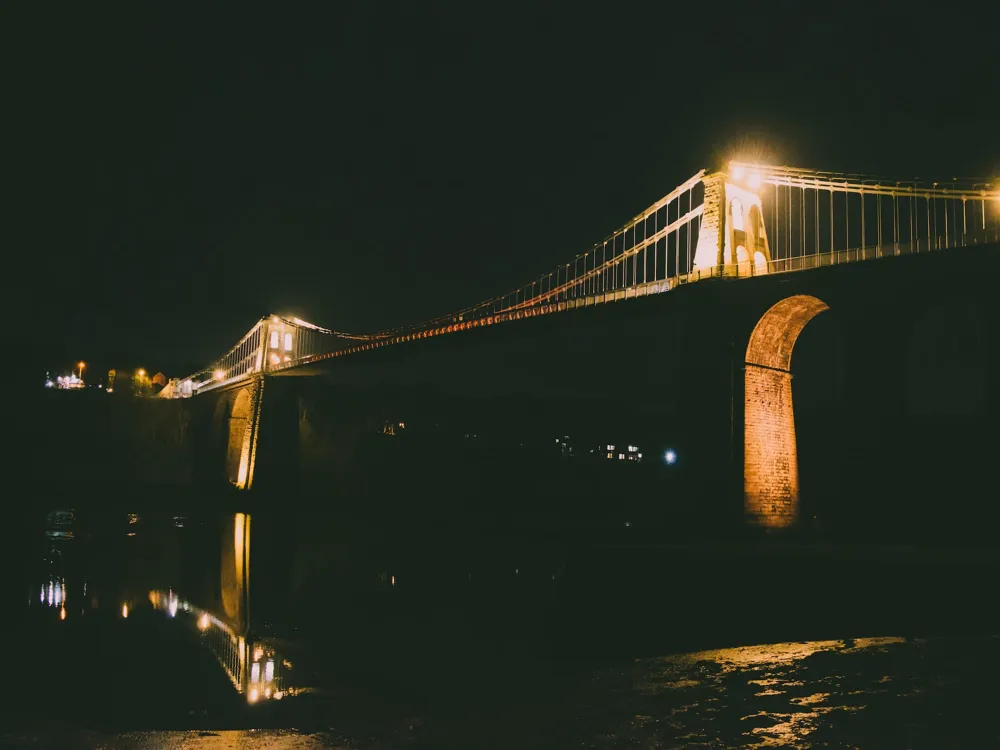
The Stanley Bridge is Egypt's first sea-crossing bridge. It was constructed in the late 1990s and is named after the Stanley Bay neighbourhood where it was constructed. Visitors can cross the bridge in horse-drawn chariots and take in the open sea vista and pleasant breeze. Shopping centres and upscale hotels can be found on the other side of the bridge. The coastline route also has a lot of cafes and beaches.
The Stanley Bridge was initially constructed to facilitate traffic movement but has become a significant landmark and a prime example of contemporary Alexandrian architecture. The bridge, which is 400 metres long and 30 metres broad with four Islamic-style towers, was built to complement the Al Montazah royal palace.
Read More
Alexandria Travel Packages
View All Travel Packages Alexandria
Nearby Places Alexandria
Browse Package Collections
Browse Hotel Collections








